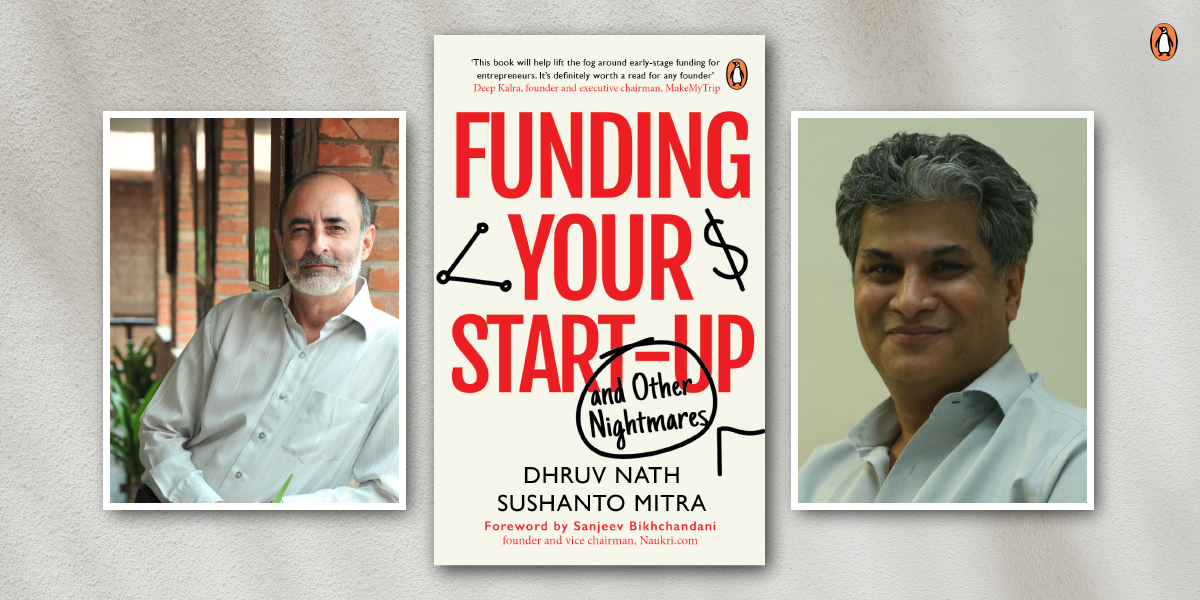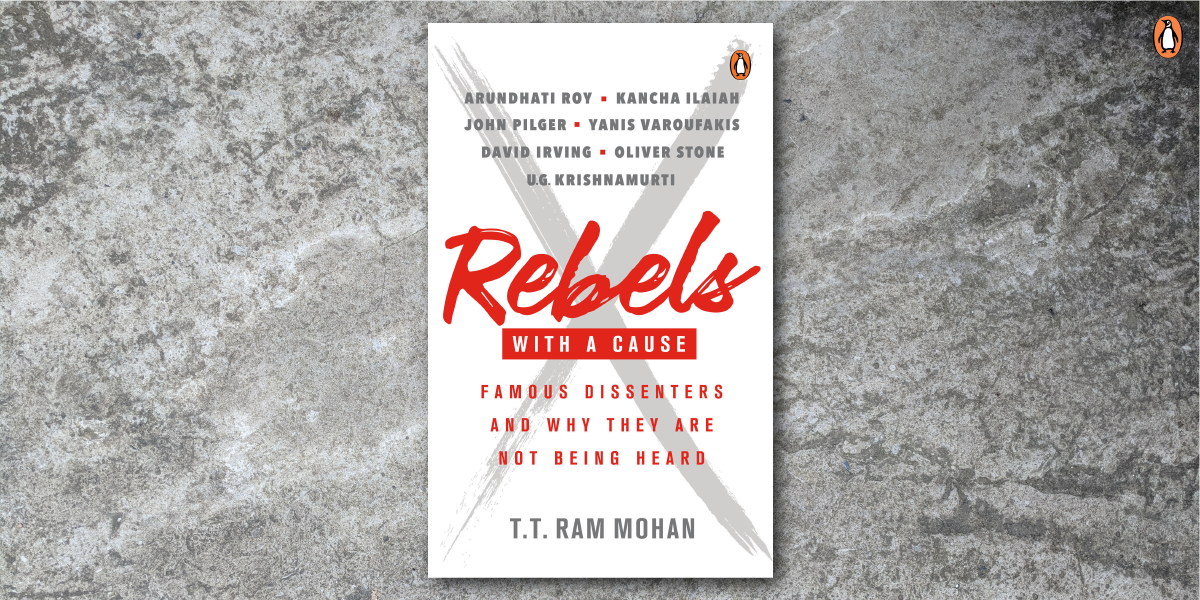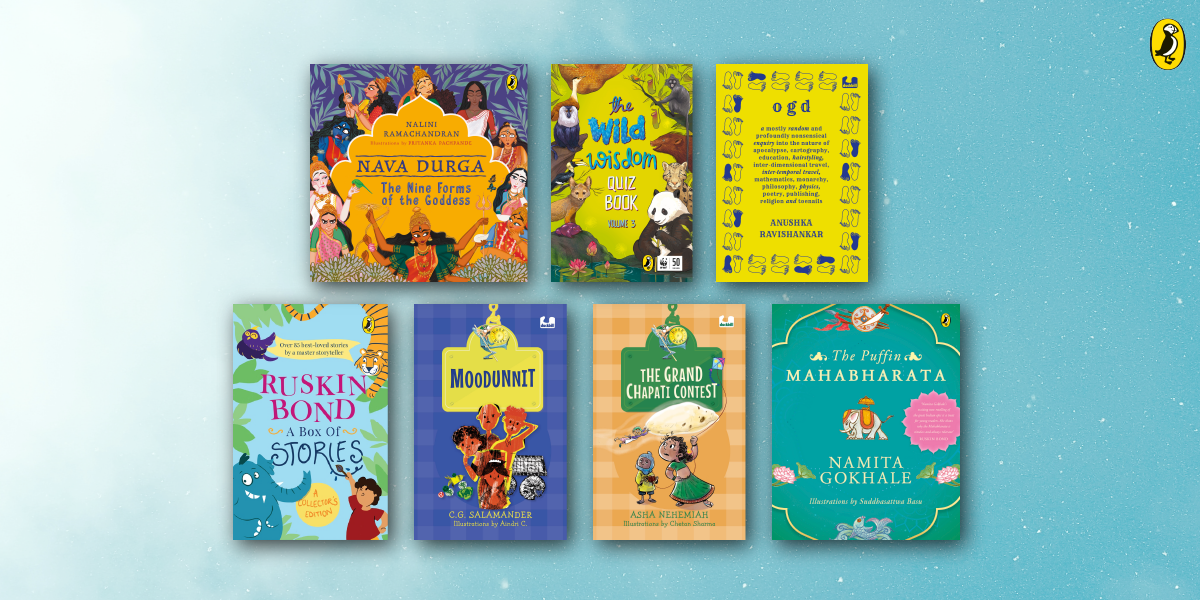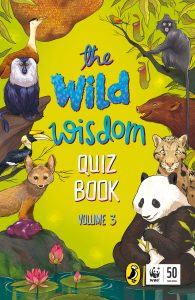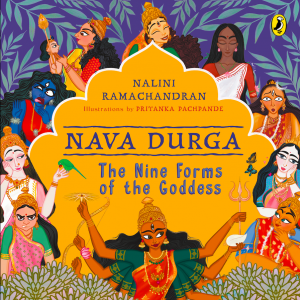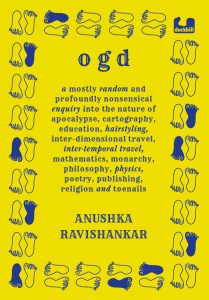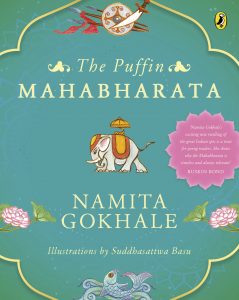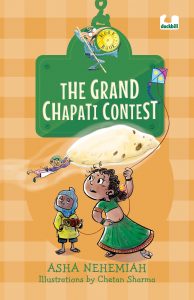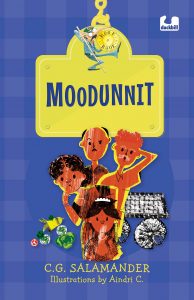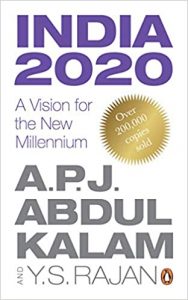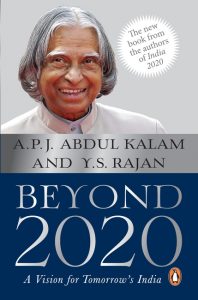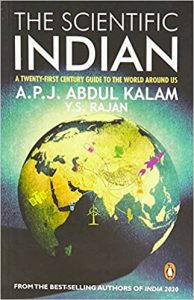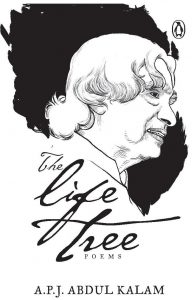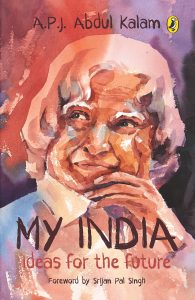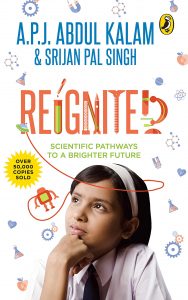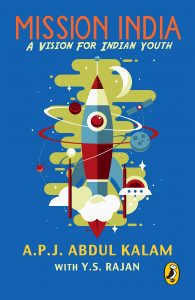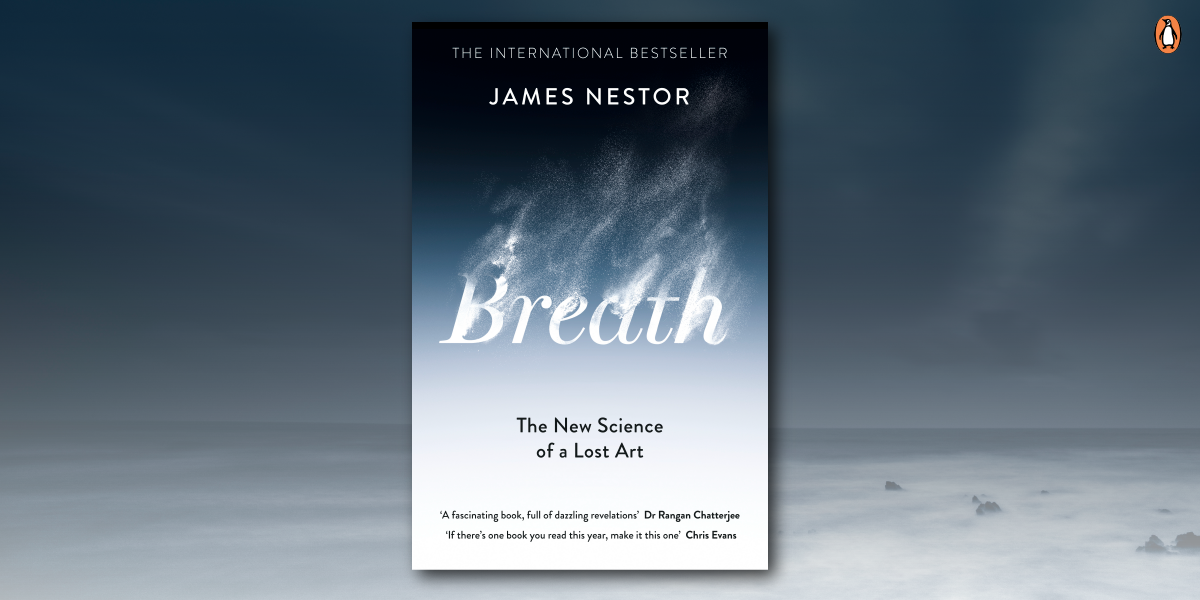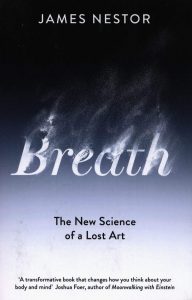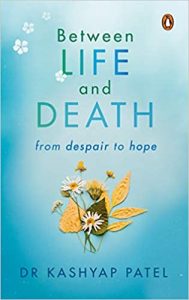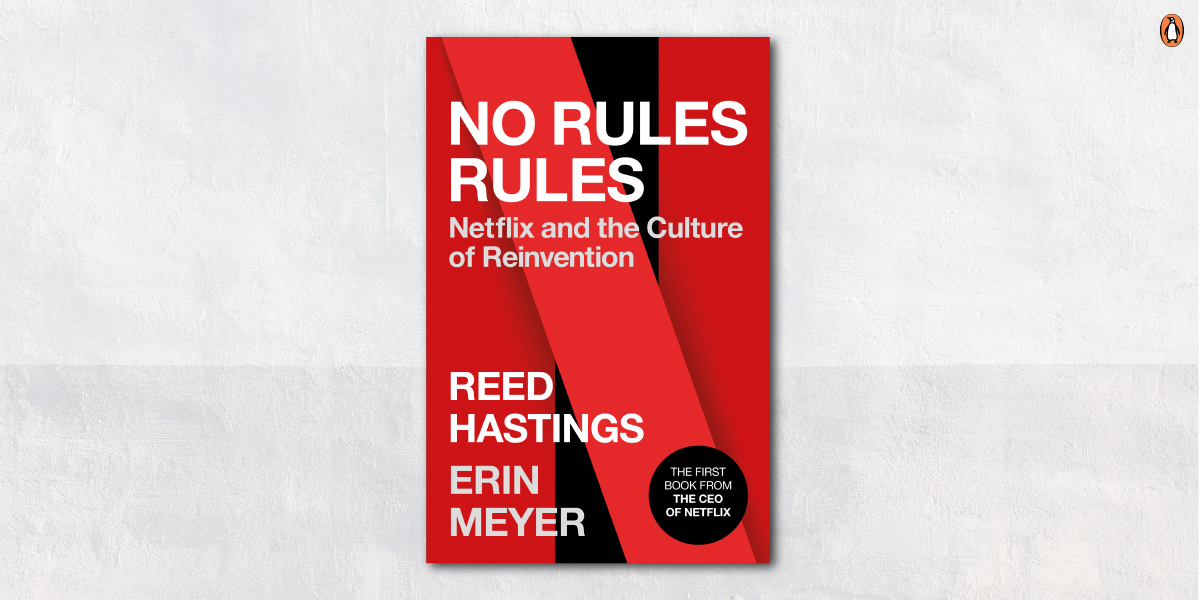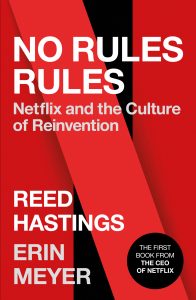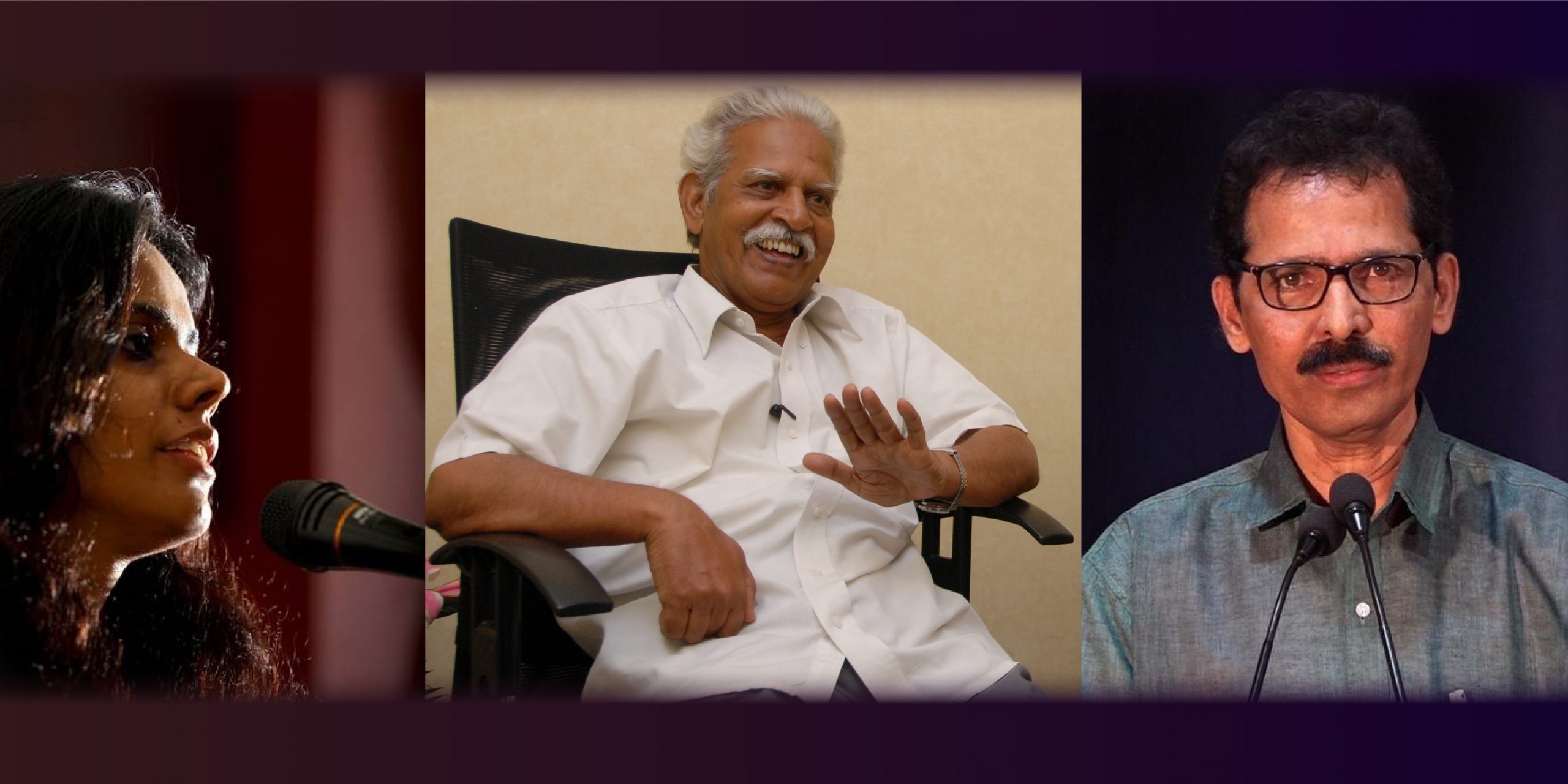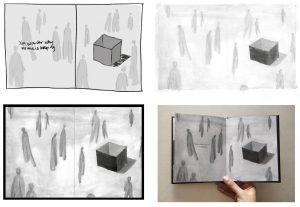Was there a specific ah-ha moment or an incident that made you realize how necessary a book like this was?
Oh there were hundreds. Between the two co-authors, we have met several hundred start-up founders, and they have all been looking for that elusive manna from heaven, namely funding. But we were surprised at how clueless most of them were about how to go about it. Many of them had no entry barrier – something that investors insist on. Most of them did not have scalable businesses, without which investors would simply pass. In fact many of them had no real business plan – they were simply executing.
We used to advise mentor these founders on all the above issues. And then it hit us. Why not write a book about it. And reach not hundreds, but thousands of start-up founders. And that’s where out book was born.
Co-authoring a book comes with its own asset of challenges but the authorial voice in this is so consistent. How did you manage that?
Right from the beginning, we realized that the style of writing had to be consistent right through. Both the authors provided content – and each one clearly had his own strengths. Both wrote drafts. There were the usual fist fights over some of the material – ending amicably over beer, of course. But the final version was penned by one of us – with both the authors concurring.
Is there a secret sauce for a successful start-up?
Yes there is, but its not secret. It’s a framework that the authors have developed after studying hundreds of start-ups – both successes and failures. And its called PERSISTENT. To explain, P stands for PROBLEM. In other words, are you solving a problem for your customer? E refers to EARNINGS MODEL, or simply, how will you make money? R is the RISKS associated with the business. S stands for SIZE OF THE MARKET. I refers to INNOVATION, which your product or solution must have. The second S implies SCALABILITY. After all, even if you are operating in a gigantic market, you will not get anywhere unless your business is scalable. T refers to the TEAM – starting with the founders of course. E stands for ENTRY BARRIER, or how the business will keep competitors at bay. N refers to NICHE – if you are in a large, crowded market, identify a non-crowded NICHE within it. And the final T stands for TRACTION. You many have everything else, but are you actually getting customers and rupees?
We have found that successful start-ups are PERSISTENT, whereas unsuccessful ones lose out on one or more of the PERSISTENT parameters. And that’s what we have focused on in our book.
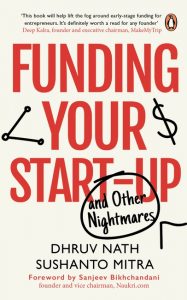
From an investor’s perspectives which sectors do you think would be the best to invest in right now?
We would like to divide sectors into three categories. Those which have been negatively impacted by Covid – such as hotels, restaurants, gyms, movie halls, taxi and bus services, travel, etc. These are a clear no-no for investors right now. After all, why would you invest in such uncertain times?
Then there are those sectors which have not been impacted, either negatively or positively – such as FMCG and agritech. These are evergreen sectors, and will remain so. In fact, Lead Angels has been investing actively in these sectors, even during the pandemic.
Finally, we have the star sectors – those that have been impacted positively by Covid. Sectors that have boomed because people were forced to stay at home and change their lifestyle. On-line gaming is one. After all, what do you do, if you have to sit at home 24×7? You play games, don’t you? Another area is On-line education, all the way from little kids to adults. In fact, several investments that Lead Angels has made in these sectors over the past couple of years, have just skyrocketed beyond our own expectations. And of course there is health. People are getting more and more concerned about health, and that is leading to a surge in businesses in health-tech. As well as businesses which are into organic or natural products. You see, eat healthy, be healthy, and invest healthy is the mantra now.
What kind of impact will the pandemic have on startups?
Apart from the sectoral shifts that we have spoken about earlier, there are two significant impacts. First of all, founders have begun to cut costs dramatically – simply to survive in a low-business environment. Salaries have been reduced, plush offices are being vacated and business are shifting to smaller, lower cost environments. Work from home is becoming a bit of a norm. We believe some of these trends will be permanent – such as the trend in increasing work from home.
The second major impact is that Covid has separated the men from the boys. Here we mean the founders of course. There are those who have simply thrown up their hands and are waiting for God – or the appropriate vaccine – to help. But there are those who are fighting. Those who have pivoted their business model, either temporarily or permanently, to stay afloat in this pandemic. Interestingly, this has given investors a great way to separate out the investible companies from the rest. Namely, look for founders who are fighters. Those who have figured out ways to survive. They are the winners of the future, and they deserve your money, dear investor.
Have you observed some startups that have become successful without funding?
Sure. Unfortunately, funding has become a kind of “In-thing”. You have to get funding because your peers have got it. How else will you hold a glass of beer at the next party and talk nonchalantly about Series A and Series B? Funds should be raised because you need them, and not because it is fashionable to do so. Two highly successful companies mentioned in the book – InfoEdge and IndiaMart – started off over twenty years ago and steadfastly refused to raise funding, except when it was really necessary. They are now both market leaders in their respective fields. Among the recent ones, we have an interesting company called Gadgetrestore, which is into the business of repairing and refurbishing mobile phones. They started just over a year ago, never raised funding, are profitable, and are growing. What more can you ask for? Remember, funding is to be taken when you need it, not when your friend has taken it!







